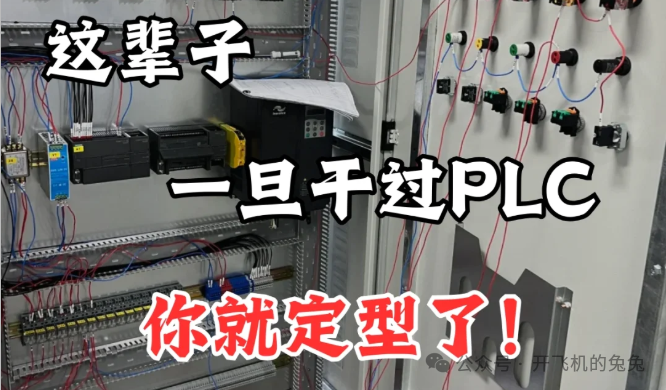

PLC Intelligent Algorithms: Integration of Machine Learning Applications, 50% Improvement in Anomaly Detection Accuracy!
📚 Estimated reading time: 8 minutes
>
This article will detail the perfect combination of PLC and machine learning, aiding the upgrade of industrial automation.
>
– Are you troubled by the high false positive rate of traditional PLC detection methods?
– Is the equipment anomaly warning system always insufficiently timely and accurate?
– Is the data analysis efficiency of the production line low?
– How to empower PLC control systems with AI?
⚠️ Industry Pain Points
- 1. Traditional PLC anomaly detection is limited by fixed thresholds, with a false positive rate as high as 30%
- 2. The response of the equipment warning system is delayed, leading to significant losses during production line downtime
- 3. Insufficient data analysis capabilities, unable to fully utilize historical data to optimize production
🎯 Key Points of This Article
- 1. Perfect integration solution of machine learning algorithms with PLC
- 2. Specific implementation of a 50% improvement in anomaly detection accuracy
- 3. Intelligent transformation solutions for three mainstream PLC platforms
▎ Step 1: Data Collection and Preprocessing
To implement machine learning in PLC, the primary task is to establish a high-quality data collection system.
📋 Key operations:
- Configure high-speed data acquisition modules, sampling rate ≥ 100Hz
- Establish a real-time data caching mechanism, ensuring data integrity
- Implement data preprocessing function blocks, including filtering and normalization
💡 Expert tip: Using a distributed collection architecture can significantly improve system response speed
▎ Step 2: Algorithm Model Deployment
Convert the pre-trained machine learning model into PLC executable function blocks.
📋 Key operations:
- Select lightweight machine learning algorithms (e.g., decision trees, simplified neural networks)
- Store model parameters in PLC data blocks
- Implement real-time inference functions, ensuring control cycle < 10ms
▎ Step 3: Intelligent Warning System Construction
Based on the output of the machine learning model, establish a multi-level warning mechanism.
📋 Key operations:
- Set dynamic warning thresholds, adjusting adaptively
- Build a warning level assessment system
- Implement intelligent diagnosis of fault causes functionality
⚠️ Note: The system must be equipped with an independent safety monitoring module, ensuring timely switching to traditional control mode in case of AI system failure
📊 Practical Application
After adopting this solution, a certain automotive manufacturer:
- Improved anomaly detection accuracy from 65% to 92%
- Increased early warning time by an average of 4.5 hours
- Reduced annual downtime losses by approximately 2.8 million yuan
❓ Troubleshooting
Q1: How to ensure the real-time performance of the machine learning model?
A: By optimizing algorithm complexity and adopting parallel computing architecture, ensuring inference time < 5ms
Q2: How to update the model?
A: Use incremental learning solutions, supporting online updates without downtime
💻 Brand Adaptation Key Points
- Siemens S7 series: Supports TensorFlow Lite integration, with excellent memory optimization
- Mitsubishi iQR series: Provides dedicated AI function modules, with strong deployment convenience
- Rockwell ControlLogix: Supports custom algorithm development, with the best flexibility
📝 Summary
- 1. The integration of machine learning and PLC is an inevitable trend in industrial intelligence
- 2. Through scientific system architecture design, the effectiveness of anomaly detection can be significantly improved
- 3. Continuous optimization and maintenance are key to ensuring long-term system stability